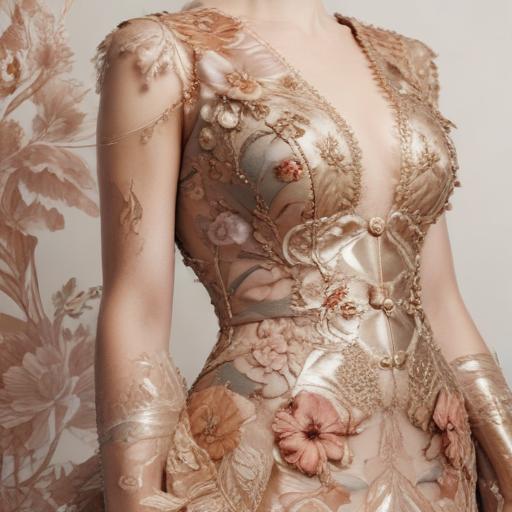Trend: Gucci’s “Utero” dress resurfaces as fashion debate on feminism and inclusion
The Gucci dress known as “Utero,” a design by Alessandro Michele first unveiled in 2020, has resurfaced in fashion conversations about feminism and inclusion. Danish influencer and designer Pernille Rosenkilde turned heads during Copenhagen Fashion Week by wearing the iconic piece, reigniting discussion about how fashion brands address gender, body positivity, and empowerment.
The look spotlights ongoing dialogue in the industry about inclusive aesthetics and female empowerment. Michele’s Gucci era was marked by bold, provocative statements that pushed gender boundaries, and the Utero dress has become a touchstone in conversations about representation and identity in fashion. Rosenkilde’s choice underscores how influential voices in the fashion scene—especially from emerging markets like Denmark—continue to amplify these conversations on international runways.
Evolution of this moment reflects how fashion weeks around the world are embracing statements that align style with social messages. The gesture also highlights the enduring impact of landmark designs on global fashion discourse and the power of visibility in promoting inclusivity.
Summary: The Gucci Utero dress, created by Alessandro Michele in 2020, remains a potent symbol in fashion’s ongoing conversation about feminism and inclusion, boosted this season by Pernille Rosenkilde’s appearance at Copenhagen Fashion Week. It signals a positive trend where bold design and social messaging converge on the runway.
Bonus context and insights:
– The moment demonstrates how iconic pieces can outlive their original unveiling and continue to spark dialogue about gender and empowerment.
– Rosenkilde’s influence highlights how regional fashion voices are increasingly shaping global fashion narratives, reinforcing the worldwide push for inclusive aesthetics.
– A hopeful takeaway: fashion can leverage history and bold design to promote positive, empowering messages and broaden the conversation around who gets to lead industry trends.
